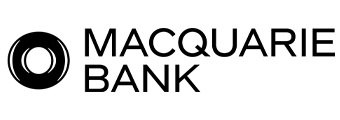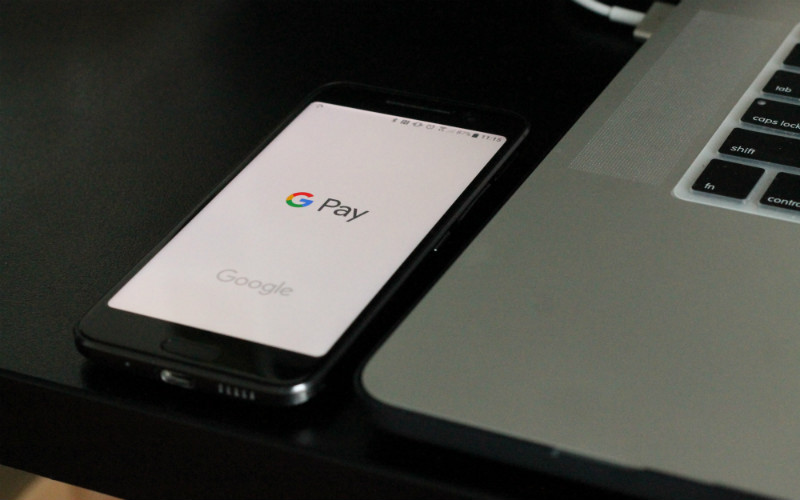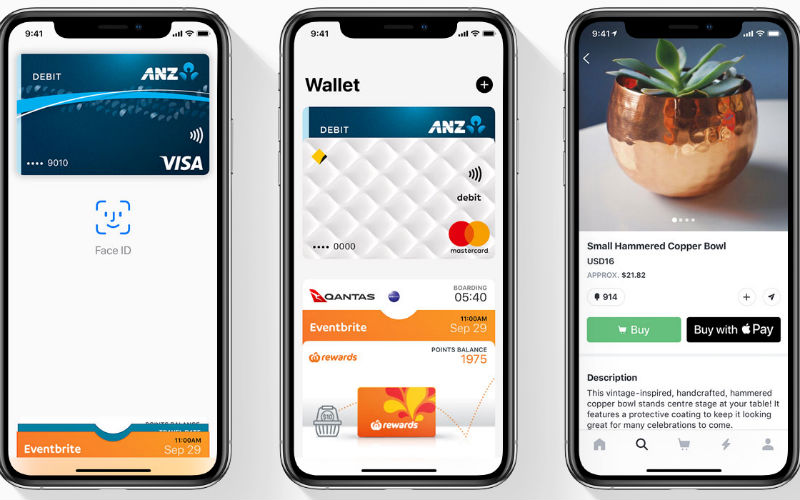What is a joint savings account?
A joint account can be held by two or more people and operates in the same way as a regular savings or transaction account.
See also: What's the difference between savings accounts and transaction accounts?
They are typically no different to regular saving account products, only they're held in more than one name. Having a joint account can make it easier to manage shared household expenses or work towards common savings goals.
Ideally, it's best to establish the purpose of a joint account before it's set up, deciding upfront how much each party should contribute, what the funds are to be used for, and the circumstances that would see money being withdrawn.
Types of joint savings accounts
Joint savings accounts can be set up in two ways:
-
Either party to transact: Both parties can transact independently of each other without needing the approval of the other
-
All parties to approve transactions: All account holders must approve any withdrawals from the account
The second of these may be a little more difficult to set up and could require speaking to a bank officer or visiting a branch (if applicable).
Benefits of a joint savings account
Opening a joint savings account can have benefits for all parties, including:
-
Payment of expenses: It can be easier to pay for shared expenses from one account rather than two separate accounts.
-
Less fees: A joint savings account has the potential to save on bank fees compared to multiple individual accounts.
-
Everybody has access and visibility: All account holders oversee the inflows and outflows of cash into the savings account.
Risks of a joint savings account
But there may be downsides, including:
-
Lack of independence: If you're used to being in control of your own cash inflows and outflows, you will need to consider your financial habits in light of other account holders. It also has the potential to cause tensions if issues arise.
-
Potentially lose money: If you pool all of your money into a regular joint account, in a worse- case scenario, you take on the risk of losing those funds.
-
Privacy: Sharing your finances in a joint account automatically creates privacy issues as any transactions are visible to all account holders.
-
Responsibility for debt: All parties are responsible for any debts, such as overdraw fees, etc. (if applicable), connected to the account
It should go without saying you should only ever open a joint account with someone you trust.
How common are joint accounts?
It seems joint accounts may be less popular than they once were.
A number of surveys and studies suggest younger Australians believe joint bank accounts are more appropriate for married couples and don't suit modern relationships where people prefer flexibility in managing shared expenses independently.
In recent times, financial institutions are also taking more steps to guard against possible financial abuse. The federal government's Moneysmart website warns prospective joint account holders to be wary of anyone pressuring them to open a joint account.
It is worth reading its advice before signing up to one.
Tax implications of having a joint account
Before you open a joint savings account with another person/s, it's worth understanding the tax implications.
When you open a savings or transaction account, all parties will be asked to supply a tax file number (TFN) (or ABN) to claim an exemption from withholding tax that will apply to the total amount of interest generated from the account.
While this isn't mandatory, if you both choose not to provide it, you will be paying tax on your interest earnings at the highest marginal tax rate. In practical terms, it's easiest if you both supply your TFNs as your financial institution may be obliged to withhold tax if you don't.
It's worth checking what your bank's policy is if only one party supplies a TFN. If this is the case, it can lead to complexities apportioning tax credits and liabilities come tax time.
Generally, the Australian Taxation Office (ATO) considers any interest generated by a joint account as income to be shared equally among all account holders. If one party is contributing more funds than the other and wants to claim a greater proportion of interest generated, the ATO would need to see documented evidence of that.
How do you open a joint savings account?
Once you've considered the pros and cons, applying to open a joint savings account is much the same process of opening a regular transaction or savings account - just multiplied by two.
Of course, it's important to find a savings account with a high interest rate, reasonable conditions that will see you regularly achieve the best bonus rate (if applicable), and low fees.
Best joint savings accounts
The table below features some of the most competitive savings account interest rates on the market:

- Bonus variable rate for the first 4 months on balances up to $250k and high variable ongoing rates.
- No fees and no monthly requirements to earn interest.
- Easily open an account online in 3 minutes.
Once you've identified the financial institution and the account product that will best suit your needs, you can:
-
Apply to open the account online, over the telephone, or in-branch
-
Verify identities of all parties by providing required proof of identity documents
-
Select the number of debit or transaction cards you'll need - generally one per person
-
Confirm your application and start using your account
(Procedures may vary depending on the financial institution you're dealing with.)
How do you close a joint savings account?
To close a joint account, the first step is to ensure all parties agree to its closure. Financial institutions won't let you close it otherwise.
-
You need to ensure any direct debits from that account are cancelled or moved to an existing or new account
-
You will need to pay off any overdrawn amounts if your balance has gone below zero as well as any outstanding fees associated with the account
-
You need to inform your bank or visit a branch to ask for the account to be closed, following its standard procedures
-
You should receive or seek confirmation the account has been closed
If there's a dispute and all parties can't agree on whether to close the account, you can still notify the bank of the situation. Depending on the financial institution and its policies, it may temporarily freeze the account.
If financial abuse is involved, you can contact your bank directly and report the situation or, alternatively, contact 1800RESPECT (1800 737 732 or text 0458 737 732) for advice and assistance.
Savings.com.au's two cents
Joint savings or transaction accounts can be very convenient for shared expenses or financial goals. But before you take the step of opening one with another person/s, you need to ask yourself whether you're comfortable with others having access to your funds without your permission. Your account partner/s need to consider the same.
If your financial affairs are working well independently, ask yourself if there's a need to open a joint account. If you're doing it to mark a milestone in an established relationship, that is ultimately up to you but make sure you are not being pressured to go down the path.
If you want the practicality of a joint account, it may be a logical move to open one and you may never have any issues. But it can also be wise to maintain a separate transaction or savings account in your name only as a back-up in case there are any problems with the relationship or shared finances down the track.
Once you have a joint account, make sure you are across the transactions that are taking place because you have shared responsibility for them, even if you didn't make them yourself.
First published on December 2018
Image by Andrea Piacquadio via Pexels








 Emma Duffy
Emma Duffy
 William Jolly
William Jolly













